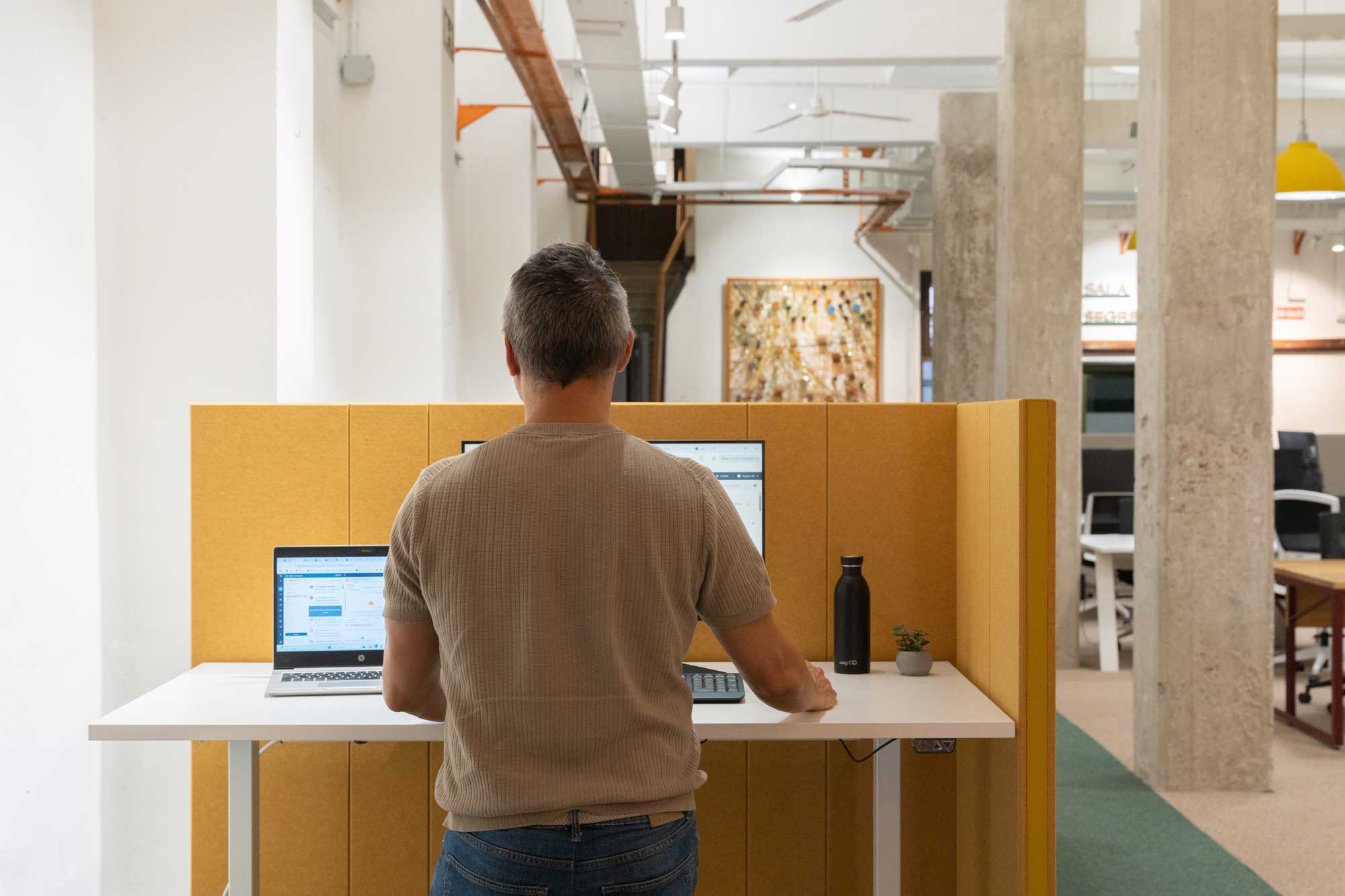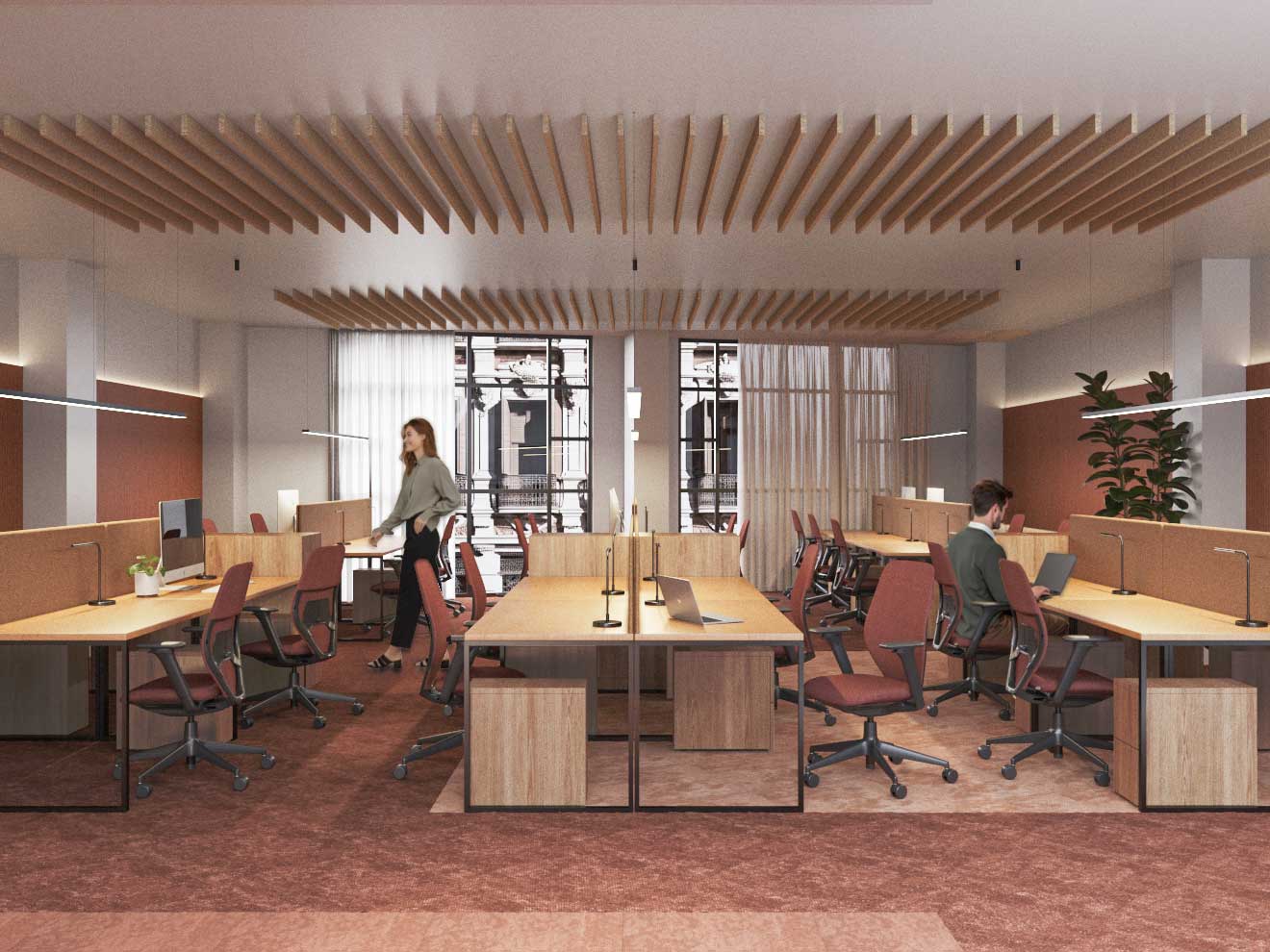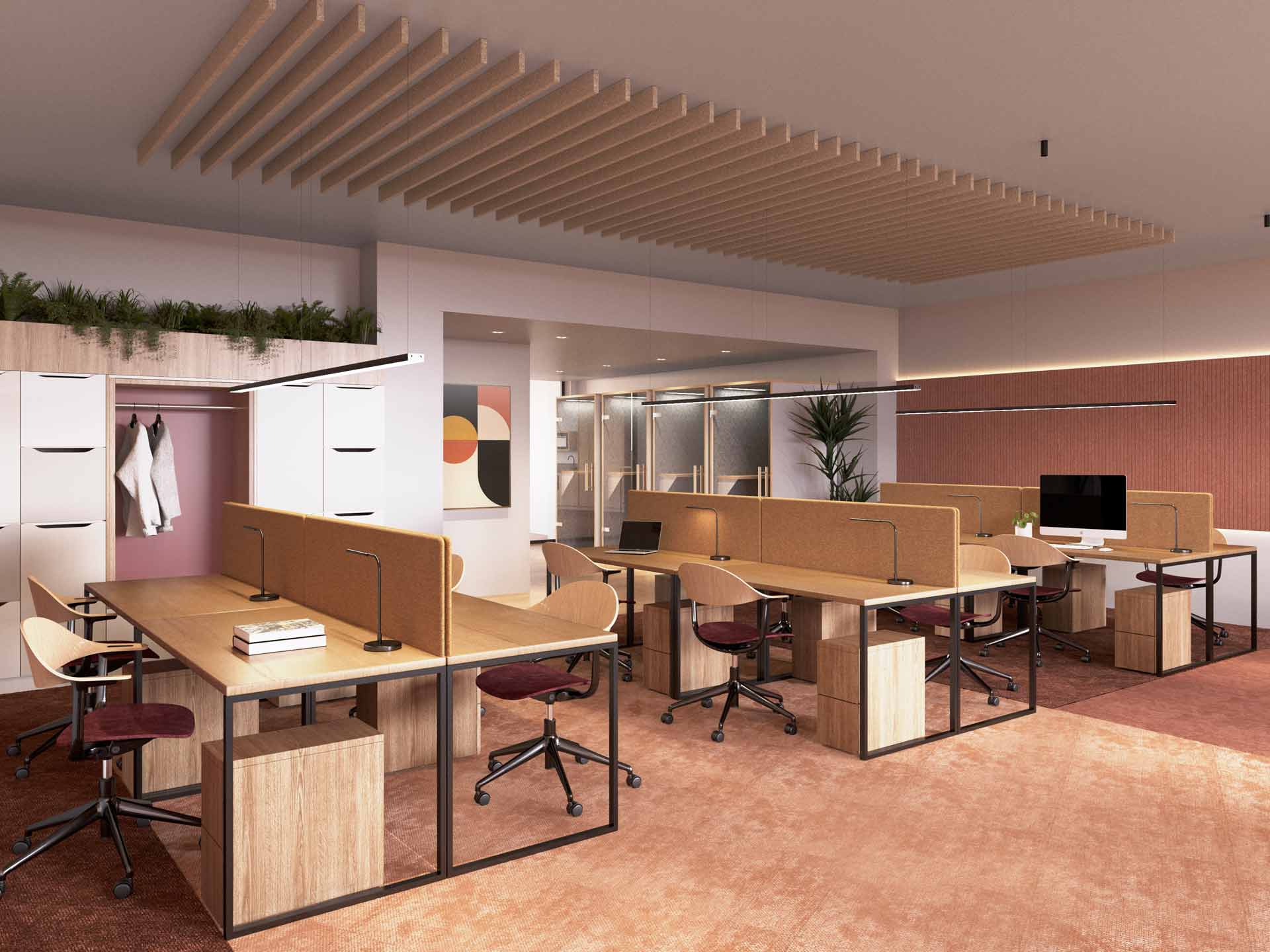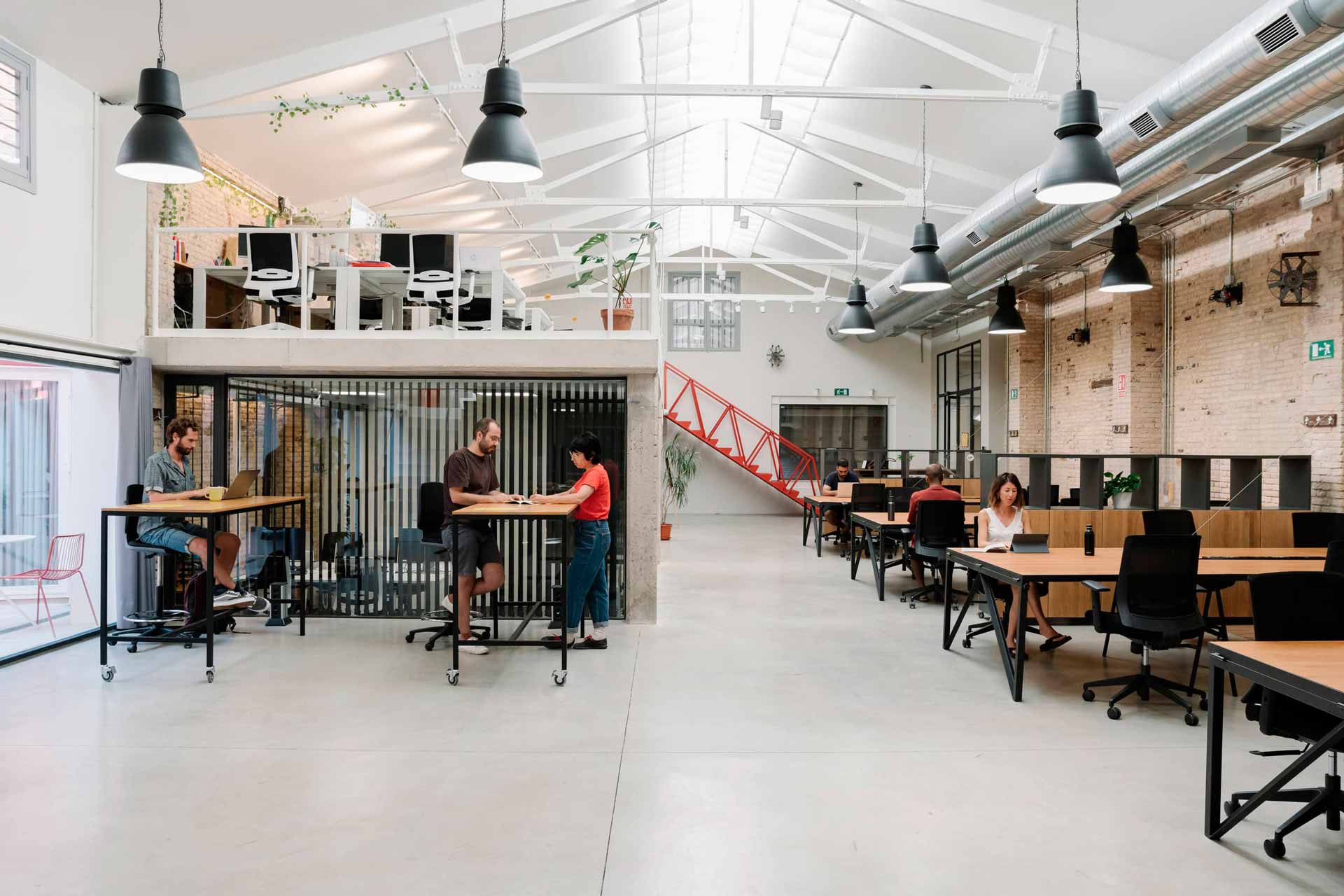In recent years, work has stopped being a place and has become an activity. The evolution of technology, cultural shifts, and the need to balance personal and professional life have driven a new way of organizing ourselves: smart working.
But what exactly is smart working, and how does it differ from traditional remote work? What makes it ‘smart’?
Smart working is a work model based on flexibility, autonomy, and the strategic use of technology to achieve specific results. Unlike conventional remote work, which often simply means working from home, smart working shifts the focus—what matters isn’t where or when you work, but what you achieve.
This model is all about measuring impact, not screen time. It offers more freedom, yes, but also a stronger commitment to goals. In this post, we cover everything from its origins to how to apply it successfully, whether you’re an employee or leading a company or startup.
From Trend to Transformation: How Smart Working Was Born
Even though it’s a buzzword now, smart working has been developing over the last 20 years alongside digital transformation. Companies began to loosen their structures to adapt to a changing world and focus more on employee well-being.
The model accelerated during the pandemic, proving it could work at scale. Platforms like Zoom, Slack, or Google Workspace made it clear that productivity isn’t tied to an office. According to Spain’s National Statistics Institute (INE), more than 25% of companies in Spain adopted some form of remote or flexible work after the pandemic, particularly in sectors like tech, communications, and professional services.
Since then, many organizations have adopted hybrid or fully digital models, with trust and results at the core.
What Truly Makes Smart Working ‘Smart’
Adopting smart working doesn’t just mean not going to the office. It’s a different way of understanding work, based on three pillars:
1. Freedom of location and schedule
Each person can decide where and when to work, which supports work-life balance, respects personal rhythms, and enables global collaboration across time zones.
2. Technology as an ally
From video calls to platforms for task management, e-signatures, or cloud storage—technology doesn’t just enable work; it enhances it.
3. Focus on objectives and results
It’s not about clocking in; it’s about reaching clear goals. This eliminates unnecessary tasks and promotes a more efficient and motivating approach.
Why Smart Working Improves Your Life (and Your Company)
Smart working, as a more advanced concept of flexibility, results-orientation, and digitalization, is most common in large companies and tech startups—but it’s gradually expanding to SMEs. And this model benefits both workers and the organizations that adopt it.
Benefits for employees and freelancers:
- Better work-life balance
- Less commuting, less stress
- More autonomy, motivation, and well-being
Benefits for companies and startups:
- Cost savings on office space, supplies, and maintenance
- Increased productivity
- Ability to hire international talent
- More engaged and resilient teams
How to Implement Smart Working Step by Step
In Spain, fully remote work isn’t the norm yet, but it’s on the rise—especially among younger, tech-driven companies with a strong digital culture. Countries like Sweden, the Netherlands, Denmark, or Germany are ahead in adopting remote work and structured smart working. In Spain, we’re still somewhere in the middle, with significant progress post-pandemic, although being present remains rooted in some traditional sectors and public administration.
Still, many companies have adopted hybrid models that combine remote work with occasional visits to offices or coworking spaces. Because it’s not just about having Wi-Fi—the key is to support the shift with a clear strategy.
If you’re leading a company:
- Train middle managers in goal-based leadership
- Foster a culture of trust and open communication
- Invest in digital tools suited to your team
- Set routines that balance freedom and structure
Inspiring Example of Smart Working
Companies like Dell, Microsoft, and fully digital startups have successfully embraced this model. At spaces like Wayco, we work with hybrid teams that combine the best of remote work with in-person meetings to strengthen bonds and boost creativity.
Common Challenges of Smart Working (And How to Overcome Them)
Spain is making strides in smart working, especially among modern, tech-savvy, and goal-oriented companies. However, cultural challenges (like presenteeism, lack of trust, or rigid hierarchies) still slow broader adoption. Every change comes with hurdles—here are some of the most common:
Challenges of smart working:
- Isolation or lack of team cohesion
- Difficulty maintaining company culture
- Trouble focusing or managing time
Smart working solutions:
- Schedule moments for connection and non-operational meetings
- Reinforce culture through internal communication
- Use physical spaces like Wayco for key gatherings
Tools That Boost Smart Working
Having the right tools makes a big difference. Here are some essentials to make smart working thrive:
- Slack: fast, effective internal communication
- Notion / Trello / Asana: task management
- Google Workspace / Microsoft 365: collaborative document work
- Zoom / Google Meet: video conferencing
- Wayco: flexible coworking to complement remote work with inspiring, professional spaces
Conclusion: The Future of Work Is Smart
Smart working isn’t a trend—it’s a smart, adaptive response to the times we live in. It invites us to rethink work with more freedom, clarity, and purpose.
Are you ready to shift to a more human, efficient, and connected model? At Wayco, we support you with spaces designed to make smart working a real, sustainable experience. Discover it today and work your way—with purpose and style.







